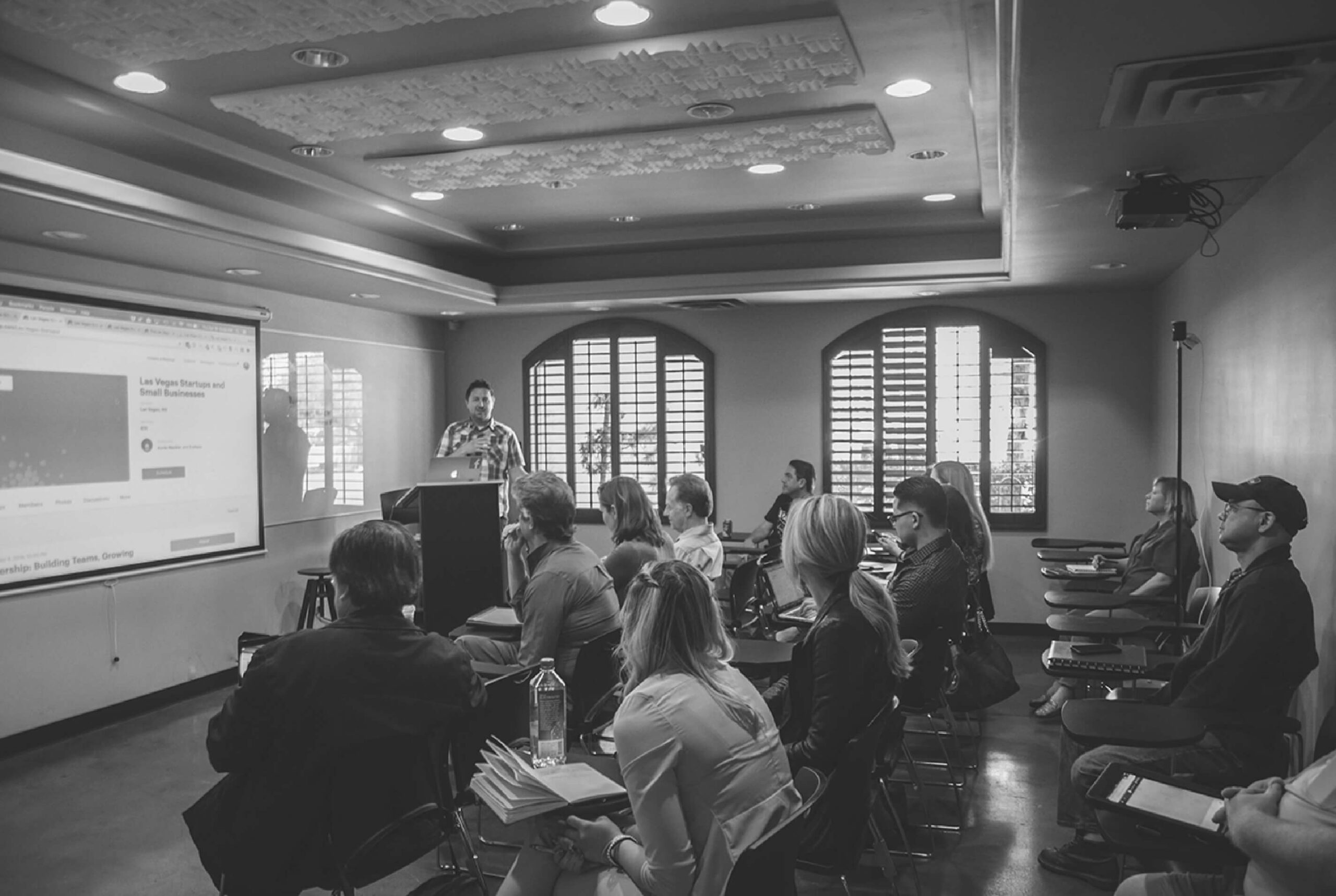We estimate that public colleges and universities could have enrolled 30,000 additional students throughout the past two recessions alone had it just maintained funding for colleges and student aid at pre-recession levels.

BY Mike Abrahamson, PCC Public Policy Manager
Tens of thousands of additional college graduates, particularly from low-income families and families of color — that’s what Illinois lost out on by cutting state funding in recent recessions. We estimate in our recent report, Higher Education Appropriations: A Framework for Equity in Illinois, that public colleges and universities could have enrolled 30,000 additional students throughout the past two recessions alone had it just maintained funding for colleges and student aid at pre-recession levels.
Now the state faces more tough funding decisions as it struggles in the ongoing COVID-19 crisis. Students are less able to afford college, and less selective colleges and universities, already operating on razor-thin budgets, are fighting to retain and serve students. Tens of thousands of students will be denied state aid this year despite being eligible and applying for it, and grants will be woefully insufficient for most of the students who do receive them. With these inadequate supports, college enrollment is falling, particularly among low-income students and students of color. We’re watching paths to economic prosperity disappear — at once a gradual continuation of two decades of disinvestment and a catastrophic derailment spurred by the virus.
How we respond to this crisis will determine the economic future of our state. If Illinois can equitably provide all students with affordable college opportunities, the economy will thrive, and not just for the students already advantaged toward success. It will bring more well-paying, recession-resistant jobs, and a workforce to fill them that better represents the state population. Think about it this way: if in the current crisis the state had the tens of thousands of additional graduates that were under-supported in previous recessions, unemployment rates would be lower, there would be millions more in tax revenue, and Illinois’ economy would be less divided by race and income.
It’s hard to invest in higher education during a crisis. With an estimated $3.9 billion shortfall, the state budget will need to be substantially reduced. In previous cuts, there has been the unfortunate misperception that colleges and students can fend for themselves. Though a few selective institutions may have alternate revenue options, this erasure of the need facing financially vulnerable students and institutions is counterproductive; we know that deep cuts to colleges and state aid will further threaten low-income students’ ability to enroll and persist.
Rather, we must fund colleges equitably and adequately throughout the crisis, breaking with our traditional response. We’ve seen the federal government do this with its two stimulus packages. Illinois’ philanthropic community also stepped up and immediately responded to this crisis. Now the state must do its part.
For a playbook on how the state can support students during the pandemic, see the Partnership’s recent report: Higher Education Appropriations: A Framework for Equity in Illinois.
Learn more about the Partnership for College Completion today!

